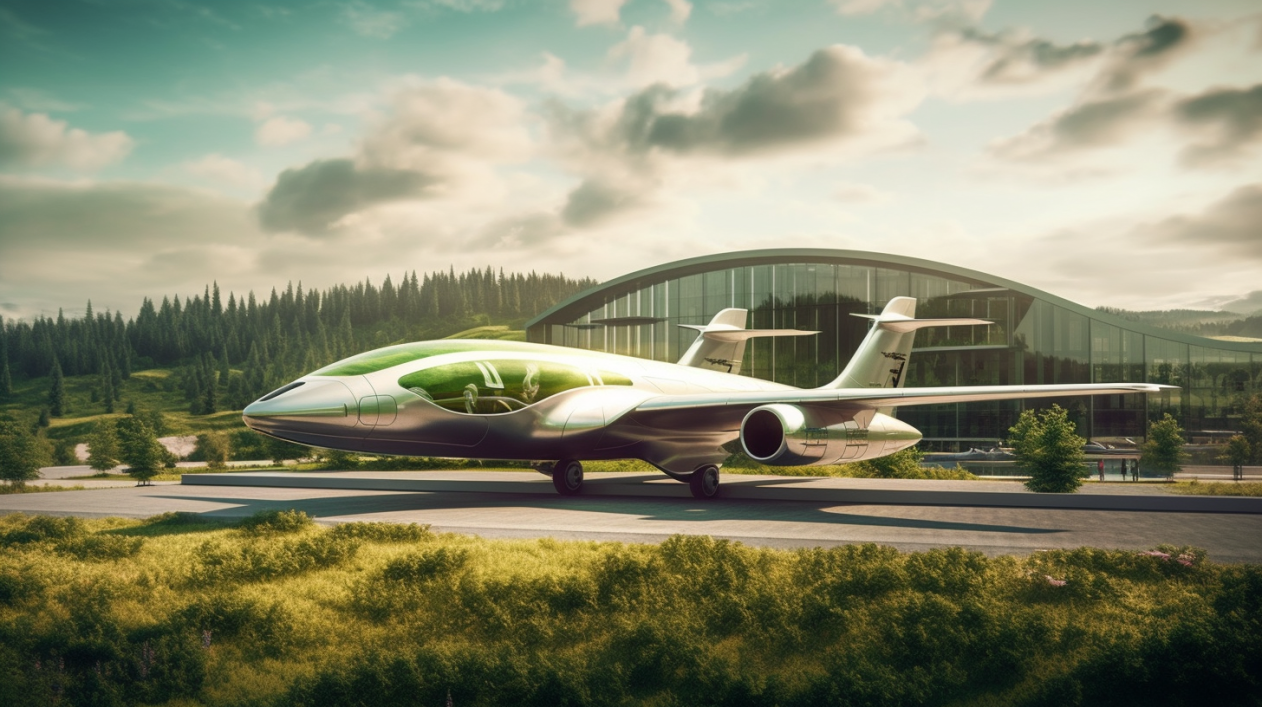The Necessary Evolution of Air Travel

Introduction
Air travel has been a cornerstone of global connectivity for decades, enabling business, leisure, and cultural exchange. However, the environmental impact of this mode of transportation has become increasingly apparent, necessitating a significant evolution in the industry. This article explores the current trends and future possibilities in air travel, focusing on environmental impact taxes, advancements in propulsion technologies, and the development of high-speed rail.
Environmental Impact Taxes
As part of the global effort to combat climate change, governments and international bodies are considering environmental impact taxes on air travel. These taxes aim to reflect the true environmental cost of flights, encouraging airlines to adopt more sustainable practices and passengers to consider alternative modes of transport. While such measures may increase the cost of air travel in the short term, they are essential for incentivizing the industry’s transition towards sustainability.
Propulsion Technologies: Electric and Hydrogen
The evolution of propulsion technologies is a key factor in reducing the environmental impact of air travel. Electric and hydrogen propulsion systems are at the forefront of this transformation.
Electric Propulsion
According to NASA’s Glenn Research Center, Electrified Aircraft Propulsion (EAP) will benefit the economy, the environment, and the flying public. These planes will be quieter, safer, and longer range, while offering cleaner air and cheaper airfare. Airbus has made significant progress in the electrification of flight thanks to their all-electric, twin-propeller aircraft E-Fan and their electric vertical take-off and landing (eVTOL) demonstrator projects, Vahana and CityAirbus NextGen. Around the globe, approximately 215 electrically-propelled aircraft are currently in development, indicating a dramatic shift in the industry.
Hydrogen Propulsion
Airbus has revealed that it is developing a hydrogen-powered fuel cell engine, considered as one of the potential solutions to equip its zero-emission aircraft that will enter service by 2035. Research into hydrogen as a potential energy carrier to power future zero-emission aircraft has been intensifying in recent years. Airbus is planning a 2026 demonstration flight of its iconic A380 passenger airplane, which will fly using hydrogen fuel cells and by burning hydrogen directly in an engine. Commercial airlines around the world are starting to plan for future operations with hydrogen-powered aircraft, despite significant logistical and business challenges.
High-Speed Rail Development
High-speed rail offers a viable and more environmentally friendly alternative to short-haul flights. Countries like China, Japan, and France have invested heavily in high-speed rail networks, providing efficient and low-carbon travel options.
In the United States, President Biden’s infrastructure package includes provisions for major rail investments, with $85 billion allocated to modernize public transit and $80 billion to improve existing rail infrastructure. This investment could potentially revolutionize the country’s transportation landscape, providing a more sustainable alternative to air travel for many domestic routes.
Internationally, there are currently 11,693km of high-speed lines under construction around the world, according to the International Union of Railways (UIC). This demonstrates the global commitment to developing this efficient and sustainable mode of transport.
One of the most anticipated high-speed rail projects is the proposed line between Las Vegas and Los Angeles, which is expected to break ground by the end of 2023. The $12 billion, electric rail would travel about 218 miles in two hours and 10 minutes, providing a fast and sustainable alternative to air travel for one of the busiest routes in the United States.
Conclusion
The evolution of air travel towards sustainability is not just a necessity but an opportunity. Through environmental impact taxes, advancements in propulsion technologies, and the development of high-speed rail, we can transformthe industry into a more sustainable one. The journey may be challenging, but the destination—a world where we can travel freely without compromising our planet—is undoubtedly worth it. As we look to the future, it is clear that the industry is on the cusp of a dramatic shift, one that will redefine our understanding of air travel. From electric and hydrogen propulsion to high-speed rail networks, the path to sustainable air travel is already being paved. As passengers, industry leaders, and global citizens, it is our shared responsibility to support this evolution and embrace the opportunities it presents. The skies of tomorrow hold great promise, and it is up to us to ensure that promise is realized.